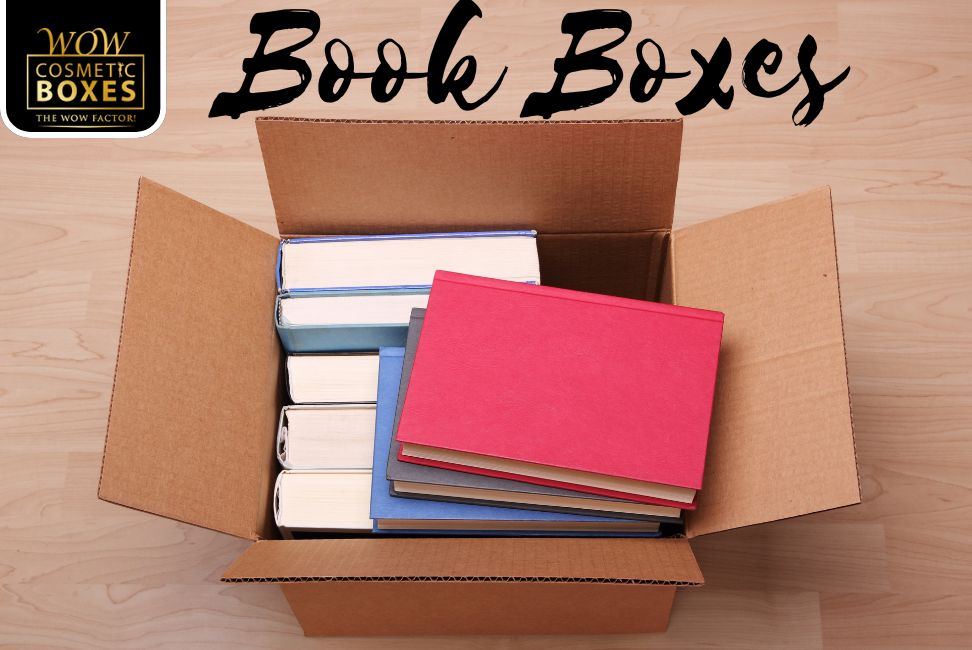
When you think about how to enhance book boxes, consider the diverse needs of students and how you can curate selections that resonate with their interests and reading levels. Implementing effective labeling systems can streamline access, while tools like guide strips can support those who might struggle. Encouraging students to choose their own materials fosters a sense of ownership and engagement. But what other strategies could you explore to guarantee these boxes become essential resources for independent growth? The possibilities might surprise you.
Main Points
- Provide a variety of age-appropriate books to cater to different reading levels and interests in book boxes.
- Include tools like guide strips and ABC charts to support struggling readers and enhance letter recognition.
- Allow students to choose 3-5 books for their boxes to promote engagement and foster a love for reading.
- Use differentiated skill cards to tailor reading activities and effectively address diverse learning needs.
- Organize and label book boxes clearly to streamline classroom routines and encourage student responsibility.
Importance of Book Boxes
Book boxes play an essential role in creating an organized and engaging learning environment.
These book bins provide dedicated spaces for student books, making it easy for you to access materials during independent reading.
Essential Items for Book Boxes
Creating an engaging reading experience for students involves curating book boxes with the right materials.
Include Independent Books that match their reading levels to boost confidence. Add Guide Strips to help struggling readers track text, and an ABC Chart for letter recognition.
Student Choice and Engagement
When students have the freedom to choose their own reading materials, they’re more likely to feel engaged and motivated.
Allowing each student to select 3-5 books for their book boxes fosters a deeper interest in reading.
This choice not only enhances their reading skills but also broadens their understanding of diverse narratives, creating a lifelong love for reading through personal engagement and enjoyment.
Differentiation in Skill Practice
Offering students the chance to choose their reading materials sets the stage for effective differentiation in skill practice.
Using differentiated skill cards in reading groups allows you to tailor activities for letters, sounds, and sight words. This personalized reading experience addresses diverse reading challenges, ensuring each student receives targeted instruction and support.
Regular assessments help track progress, fostering growth in reading proficiency.
Organizing and Labeling Book Boxes
Effective organization and labeling of book boxes streamline classroom routines, making reading materials accessible and changes smoother.
Organizing book boxes with 3-5 types of books helps students manage selections and prevents tipping.
Labeling book boxes with student names using removable stickers allows for quick identification.
Using book and dot stickers aids in re-shelving, encouraging students to take responsibility for returning boxes to their designated spots.
Conclusion
Incorporating book boxes in your classroom can truly enhance your students’ reading experience. By curating diverse selections and allowing students to choose their books, you foster engagement and a love for reading. Organizing and labeling the boxes promotes responsibility, while tools like guide strips support struggling readers. With these strategies, you create a valuable resource that encourages independent learning and caters to every student’s needs. So, start building those book boxes and watch your students thrive!

